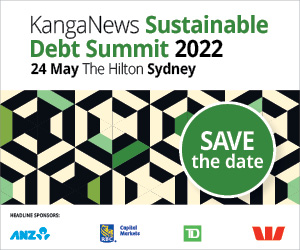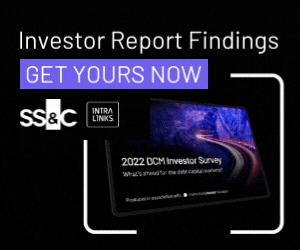Issuer timing
Australia’s first use-of-proceeds corporate green bond priced in 2017, but the flow of new issuers coming to market with sustainability-labelled debt financing continues to grow. Some have been waiting for the market to align with their sustainability ambitions, while others have been sparked into action by the arrival of new products.
CHEUNG When ESG [environmental, social and governance] financing first arrived there were not a lot of standards or consistency on the principles and requirements. At the same time, we were already doing a lot on the sustainability front and didn’t feel we needed the marketing of green financing to show all our work in sustainability.
Our decision to execute now came from watching the standards develop to the point where there is clarity on the principles and process. It has become more a question of ‘why not’? We have a large pool of eligible green assets and have always disclosed a lot of information on our environmental impact, such as our energy, emissions and waste. We have been providing this environmental data since 2005, and it is also externally assured.
Issuing a green bond does not materially add to our existing reporting process. But we see the benefit in increased investor diversification and demand. The green bond also provides more stickiness in our investor base.
DOLTON We have four shareholders in the unlisted infrastructure space and the path to issuing a SLL was a great way for them to get on the same page. They are all large institutional investors with their own ESG strategies. The SLL process was a great way of aligning their ESG perspectives with what management thought we could do and then getting external validation from the bank market. We have a syndicate of 15 banks, 13 of which participated in our ESG tranche.
As a data-infrastructure business, we are not a big carbon emitter. While the carbon metrics were important to the lenders, we looked to embed social metrics with approval from our equity investors. Every shareholder has a slightly different view of what we should be doing and the timeframe in which we should be doing it, so it was great to be able to use the process to align views.
Why now? Partly just because we were refinancing. But we had thought about an SLL for a long time: I first flagged the possibility to our shareholders in September 2019.
It was an educational process for us as we did not initially think we would qualify because we are a low carbon-intensity business. We had to learn about the SLL market and how metrics can be worked on.
It is a big process of education for investors and management. Shareholders are very focused on downside as well as upside. It is great for our reputation to issue an SLL, and everyone loves the press that accompanies it. But it would be a very bad thing to then turn around a couple of years later and miss a target – both internally for management and, of course, with investors.

Our decision to execute now came from watching the standards develop to the point where there is clarity on the principles and process. It has become more a question of ‘why not’? Issuing a green bond does not materially add to our existing reporting process but we see the benefit in increased investor diversification and demand.
MCGUINNESS I couldn’t agree more with the need for it not to be business as usual. But when we talk about stretch targets in health, we could not put more stretch in over the last 18 months – having been confronted with COVID-19. Our staff deal with it day in and day out, and they do not have the ability to do things remotely. They are at the coal face, working with and supporting the community.
Aged care is seen as a social-infrastructure business. Estia may be a national brand but we are also a locally-identified organisation and, as part of local communities, it is our responsibility to see what we can put back.
When talking about stretch targets, we were fortunate to go through the process with the team at Westpac Institutional Bank. It definitely did not focus on the usual aspects of our business. Of course, we have an emissions-reduction target – but we are also looking at elements of how we make things more sustainable for our stakeholders.
One thing we are really proud of is our focus on how our business affects our staff and how we could do more in these areas. We came up with an initiative to look at the psychological impact of ageing and death on our staff, for example.
I definitely think our targets are a stretch and of course we do not want to miss them at all. Westpac was great at working with and challenging us but, more importantly, helping us bring together the sustainability and financing elements of the business.
It is great to have a sustainability team that has ambitious goals, outcomes and objectives. But when we connect them to hard, measurable targets that will have a financial impact, it gives a greater voice to those within the organisation and a greater focus to sustainability work.
It is not about the margin outcome for us; it is about making a sustainable difference to what we do today so we can evolve and grow as a business and be in a better position for the future.






